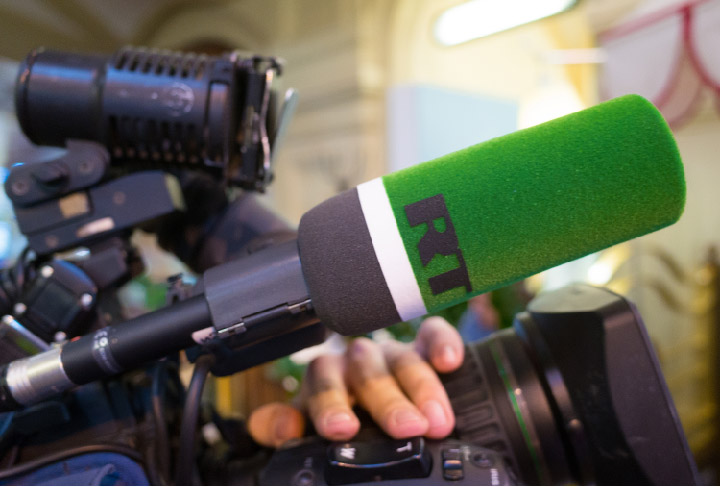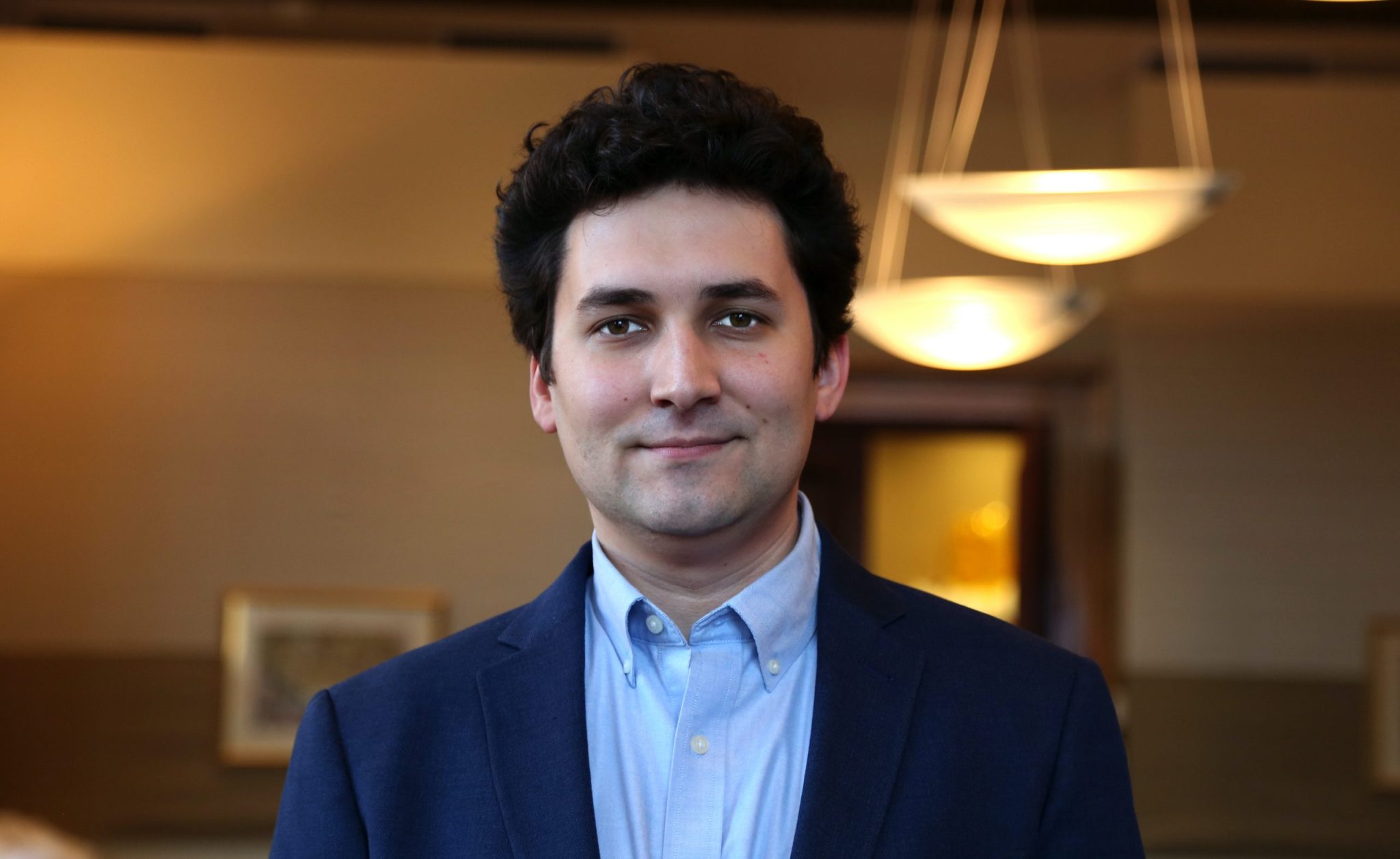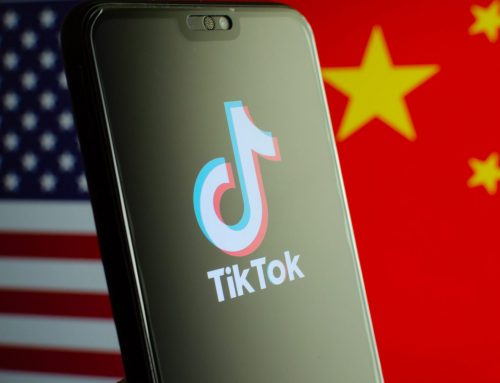President Trump’s positive coronavirus diagnosis was covered extensively by the Russian, Iranian, and Chinese networks monitored on Hamilton 2.0, with most of the content covering factual updates or well-wishes from diplomats and world leaders. Russian state media used the opportunity, however, to amplify partisanship and discord in the United States by highlighting the divided American response to the announcement, while also lamenting the U.S. media’s “Russophobic” reaction to RT’s coverage of the event. China’s response was also largely measured, though a few shots were taken at the president’s handling of the coronavirus. Similarly, Iranian state media stuck to factual updates, with some editorialized content reminding readers of the president’s promotion of potentially dangerous coronavirus cures. Iranian, Russian, and Chinese state media also provided significant coverage of the first U.S. presidential debate—a topic discussed in more detail in this week’s blog post. Russian state media also used the release of a report related to the investigation into Russian interference in the 2016 election, as well as former FBI Director James Comey’s testimony before Congress, to advance the “Russiagate” conspiracy narrative.
Outside of U.S. political topics, Russian diplomats and state media provided extensive coverage of the conflict between Armenia and Azerbaijan over the disputed Nagorno-Karabakh region, as expected in instances of violent conflict between former Soviet states. Much of this coverage consisted of breaking news updates, with both RT and Sputnik positioning themselves as regional experts. At the diplomatic level, official statements called for peace and cautioned against military involvement by third states, including Turkey. Meanwhile on Twitter, mainly diplomatic accounts marked the anniversary of the 1938 Munich Agreement, which ceded Czechoslovakia’s Sudetenland to Nazi Germany. The accounts depicted the Soviet Union as being on the right side of history, while “the West ignored Soviet efforts to stand up to the Nazis” in signing the agreement, and claimed the agreement made World War II “inevitable.” Chinese state media and diplomats continued an aggressive push to deflect western criticism over CCP policies in Xinjiang, as evidenced by the fact that Xinjiang was the third most-used term by Chinese diplomats last week and the sixth most-used term by the entire Chinese network monitored on Hamilton. Chinese messengers advanced three primary narratives related to Xinjiang: the region is experiencing economic growth thanks to CCP policies, Uighur culture is thriving, and reports of forced-labor camps are part of a Western disinformation campaign. Last week, Iranian diplomats and state media continued its Iraq coverage, with numerous tweets praising Iraqi Shia cleric al-Sistani and Iranian Maj. Gen. Soleimani and condemning the latter’s killing. Other tweets noted attacks on U.S. bases in Iraq and security threats to its embassy. Tehran-linked accounts emphasized Iran’s willingness to play a role in resolving the Nagorno-Karabakh dispute near its northern border, calling for restraint from both sides. Most coverage was relatively neutral. Finally, HispanTV, Iran’s Spanish-language outlet and its most engaged-with state media account, was suspended last week by Twitter. So far, no explanation has been given for the suspension, and it is unclear if it is temporary or permanent.
The views expressed in GMF publications and commentary are the views of the author alone.








